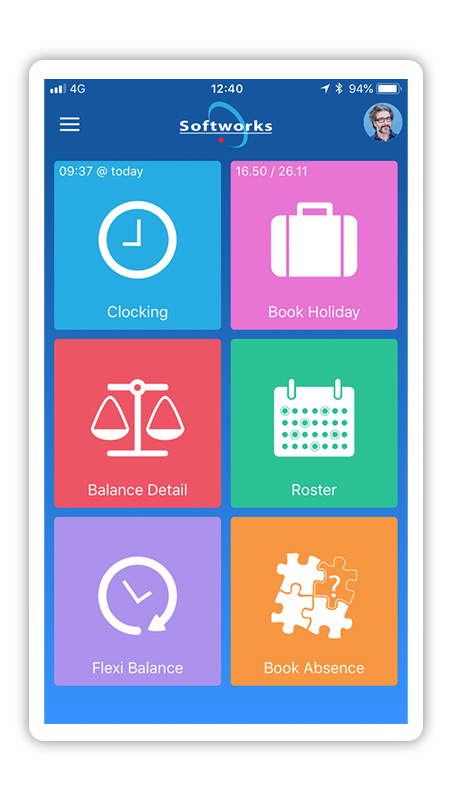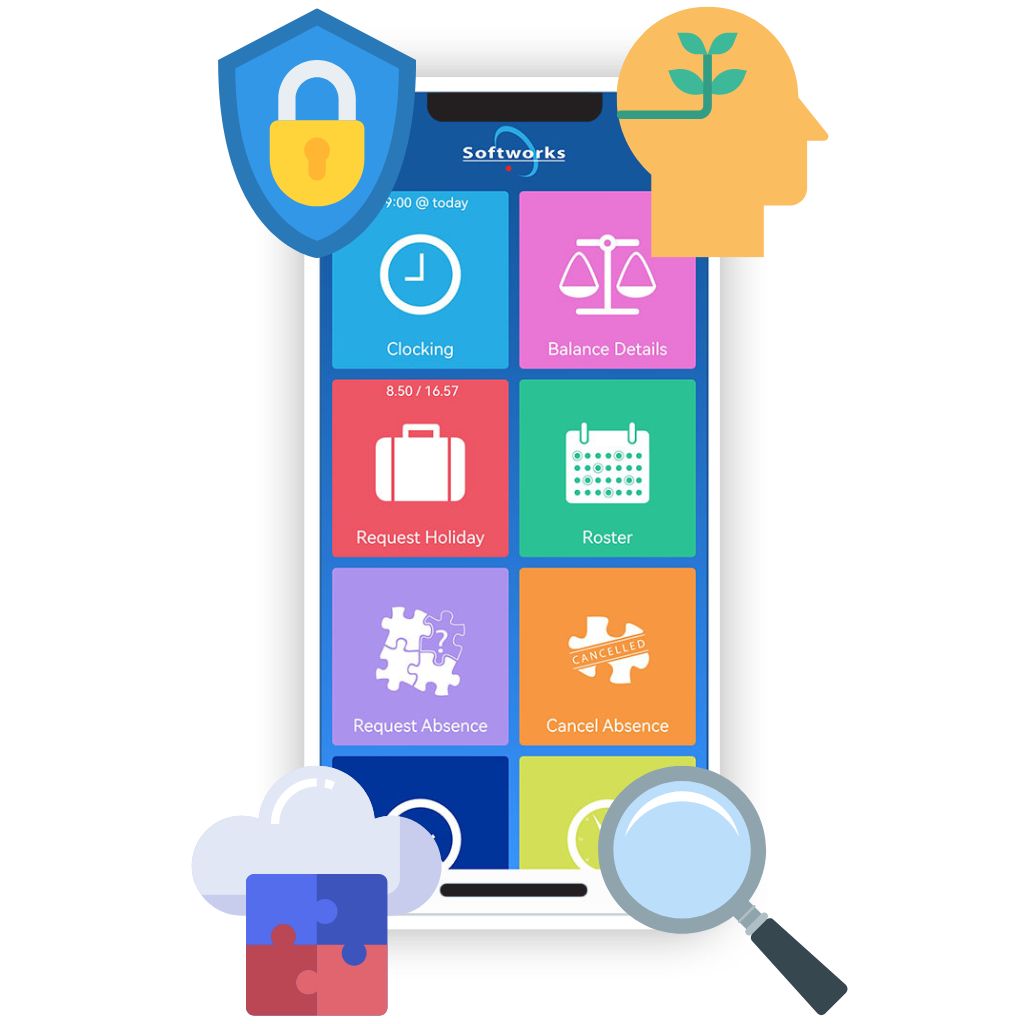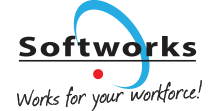The shift toward remote work is reshaping how we think about workplace attendance and productivity. This transition has been largely supported by mobile technology, which bridges the gap between traditional office settings and the flexible nature of remote work. Traditional methods of attendance tracking, reliant on physical presence and manual check-ins, are proving inadequate for remote teams.
Mobile attendance tracking apps, on the other hand, offer a solution that is both adaptable and precise, making them indispensable tools for managing remote work efficiently. As we move forward, embracing these mobile solutions is key for organizations looking to support and enhance their remote workforce.
The Surge in Remote Work and the Need for Mobile Management Solutions
The landscape of work has undergone a dramatic transformation, with remote work not just becoming more common but, in many ways, the new standard for a significant portion of the workforce.
Recent statistics from Gallup highlight the extent of this shift: 27% of U.S. employees now work exclusively remotely, while an additional 52% operate in a hybrid model. This seismic shift towards remote work underscores the need for effective management solutions that cater to this new reality.
Source: Gallup
The move to remote work is not just about where work is done but also how it’s managed and measured. Gallup’s findings reveal that exclusively remote employees exhibit a 38% engagement level, compared to 33% for on-site, remote-capable employees. This suggests that remote work, when supported correctly can lead to higher levels of employee engagement. However, achieving this requires the right technological support systems to track attendance, manage tasks, and maintain productivity in a remote setting.
Source: Global Workplace Analytics
The economic implications are also compelling. According to Global Workplace Analytics, a typical U.S. employer can save an average of $11,000 per year for each employee who works remotely, highlighting the significant cost benefits in addition to productivity gains.
Source: Global Workplace Analytics
Yet, realizing these savings and improvements in employee engagement depends heavily on overcoming the unique challenges remote workers face, particularly in the absence of effective attendance tracking and management solutions.
Remote employees often grapple with issues such as isolation, overwork, and a blurring of the lines between personal and professional life. Without the right tools for attendance tracking, these challenges can be exacerbated, leading to burnout and decreased productivity.
Mobile management solutions, specifically designed for remote work, play a critical role in addressing these issues. They provide a means for accurate tracking of work hours, foster better work-life balance, and support the overall well-being of remote employees.
Essential Features of Attendance Tracking Apps for Remote Workers
The effectiveness of an attendance-tracking app hinges on its features. The best apps go beyond mere time tracking; they facilitate a range of functionalities that address the specific needs of remote workers and their employers. Here’s a look at some essential features:
- GPS-Enabled Clocking: This feature allows employees to clock in and out from any location, with the added verification of GPS data to ensure accuracy and authenticity. It’s particularly useful for companies with remote teams who might be working from various locations, providing a layer of security and trust.
- Real-Time Access to Scheduling: Remote work requires flexibility, and having real-time access to scheduling allows employees to manage their time effectively. It enables workers to view their schedules, check their upcoming tasks, and plan their workdays accordingly, fostering a sense of autonomy and responsibility.
- Leave Management: The ability to request and manage leave directly from an app is a game-changer for remote workers. It streamlines the process, making it easier for employees to plan their time off and for managers to approve requests without back-and-forth emails.
- Secure Personal Information Updates: With remote work, the ability to securely update personal information or submit necessary documents through an app is not just a convenience—it’s a necessity. This feature ensures that employees can manage their profiles and keep their details up-to-date, all while maintaining high-security standards.

GPS-enabled clocking ensures that time tracking is accurate and fair, while real-time access to scheduling and leave management empowers employees to take control of their work-life balance. Secure updates of personal information keep the administrative side of work smooth and secure.
Together, these features create a robust framework for managing remote work. They not only simplify administrative tasks but also support a culture of transparency and trust. For remote teams, having a reliable attendance tracking app is not just about monitoring work hours; it’s about creating a cohesive, efficient, and engaged workforce, no matter where they are.
Learn more: Softworks Employee Self-service App Features
Maximizing Remote Work Efficiency and Employee Satisfaction
The integration of mobile technology into remote work strategies has been transformative, particularly through the use of sophisticated attendance-tracking apps.
These tools do more than just monitor hours; they play a pivotal role in empowering remote teams, enhancing data accuracy, and alleviating the administrative load on both employees and managers. This fusion of technology and remote work practices is key to maximizing efficiency and boosting employee satisfaction.

The benefits of utilizing mobile attendance apps in remote work scenarios are multifaceted:
- Enhanced Data Accuracy: With features like GPS-enabled clocking, these apps ensure that time tracking is both accurate and verifiable. This level of precision helps prevent disputes over hours worked and contributes to a fair and transparent working environment.
- Reduced Administrative Burden: The automation of time tracking and leave management significantly cuts down on the manual tasks traditionally associated with these processes. This not only saves time but also allows managers and employees to focus on more strategic tasks, thereby enhancing productivity.
- Improved Work-Life Balance: By providing real-time access to scheduling and the ability to easily request and manage leave, mobile apps support a better work-life balance for remote workers. This flexibility is crucial in a remote setting, where the lines between personal and professional life can often blur.
Moreover, these apps are instrumental in supporting flexible work policies. The flexibility to manage work hours, coupled with the ability to easily communicate availability and leave, fosters a culture of trust and autonomy. This culture is vital for remote teams, where direct supervision is not feasible, and outcomes are prioritized over hours spent at a desk.
The impact of these benefits extends beyond just operational efficiency; they are key drivers of employee engagement and retention. When employees feel trusted to manage their time and are supported by tools that make their work easier, they are more likely to be engaged with their work.
Overcoming Implementation Challenges with Mobile Attendance Apps
Implementing mobile attendance apps for remote work comes with its own set of challenges. These include navigating privacy concerns, ensuring smooth user adoption across different levels of tech proficiency, and integrating the apps with existing HR systems. However, with the right strategies, these hurdles can be effectively overcome, leading to a successful transition to mobile-based attendance tracking.

Navigating Privacy Concerns
- Transparent Communication: Clearly explain how the app uses data, especially GPS for clocking in and out. Employees should understand what data is collected, how it’s used, and the measures in place to protect their privacy
- Privacy by Design: Choose apps that are built with privacy in mind, ensuring that personal information is securely stored and only accessible to authorized personnel. Opting for apps certified for security standards like ISO 27001, the leading international standard for information security management. This provides an added layer of trust and assurance that data protection practices meet rigorous global standards
Ensuring Smooth User Adoption
- Comprehensive Training: Offer training sessions that cater to all levels of tech proficiency, ensuring that every team member feels comfortable using the app. Include easy-to-follow guides and FAQs
- Feedback Loop: Establish a feedback mechanism for users to report issues or suggest improvements. This not only aids in adjusting the app’s usage to better suit the team’s needs but also makes employees feel heard and valued
Integrating with Existing HR Systems
API Compatibility: Opt for attendance tracking apps that offer API integration capabilities with your existing HR systems. This ensures a seamless flow of data between systems, reducing manual data entry and the potential for errors
Professional Support: Work with the app provider to ensure a smooth integration process. Many providers, like Softworks, offer technical support and consulting services to assist with this
Ensuring a Smooth Transition
- Pilot Program or UAT (User Accepted Testing): Before a full rollout, conduct a pilot program with a small group of employees. This allows you to identify and address any issues in a controlled environment before the platform is rolled out to all employees
- Change Management: Implement change management strategies to help employees adapt to the new system. This includes communicating the benefits of the app, how it will make their work easier, and the support available to help them adjust
By addressing these challenges head-on with thoughtful strategies, organizations can ensure a smooth transition to mobile-based attendance tracking. This not only enhances the efficiency and effectiveness of remote work but also supports a more engaged and satisfied workforce.
Conclusion
The rise of remote work has undeniably transformed the landscape of workplace attendance and management, making mobile attendance apps not just useful, but crucial. They bridge the gap between traditional office settings and the modern, flexible work environment, offering a suite of features designed to meet the unique challenges of remote work.
The benefits of adopting such technology extend far beyond simplifying administrative tasks. They play a critical role in enhancing data accuracy, reducing administrative burdens, and importantly, improving work-life balance for remote employees.
As we navigate the future of work, it’s clear that mobile attendance apps will continue to play a pivotal role in shaping efficient, satisfied, and engaged remote teams. We encourage organizations to consider how such technology could revolutionize attendance management within their own operations. By exploring the capabilities of mobile attendance tracking apps, companies can unlock new levels of productivity and employee satisfaction.
We’d love to show you how our solutions are helping companies like yours! Request a demo of our mobile attendance tracking app to experience firsthand the transformative potential it holds for your organization. Embrace the future of work with the tools that pave the way for success in a remote work world.
Request a free Demo!
Take the first step towards a complete workforce management solution. Talk to us today!
About Tomislav Rucevic
Tomislav Rucevic, an SEO Specialist at Softworks, stands out as more than just a marketer. He’s a fervent writer and influential thinker passionate about Workforce Management, HR, and work-life dynamics. Holding an MBA in Marketing, Tomislav excels in creating content that delves into the complexities of the modern workplace.
His dedication to writing on these topics is highlighted in his MBA thesis, which examined the link between Employee Motivation and Quality Improvement. At Softworks, he expertly merges his SEO skills with his writing prowess, contributing to the company’s digital success and advancing discussions on enhancing work environments and achieving work-life balance.








